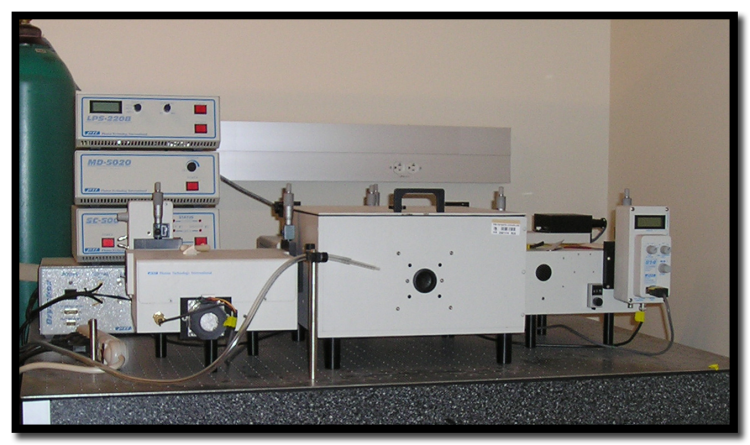Fluorescence spectroscopy is widely used in biological sciences, biochemistry and biophysics. Intrinsic fluorescence (E.g. tryptophans, tyrosines, phenylalanines, co-factors such as NADH and flavins) as well as site directed fluorescence labeling can be exploited to investigate properties of soluble biological molecules (E.g. proteins, nucleic acids, peptides), membranes and macromolecular complexes in solution.
Search
Biochemistry Shared Instruments Pool



